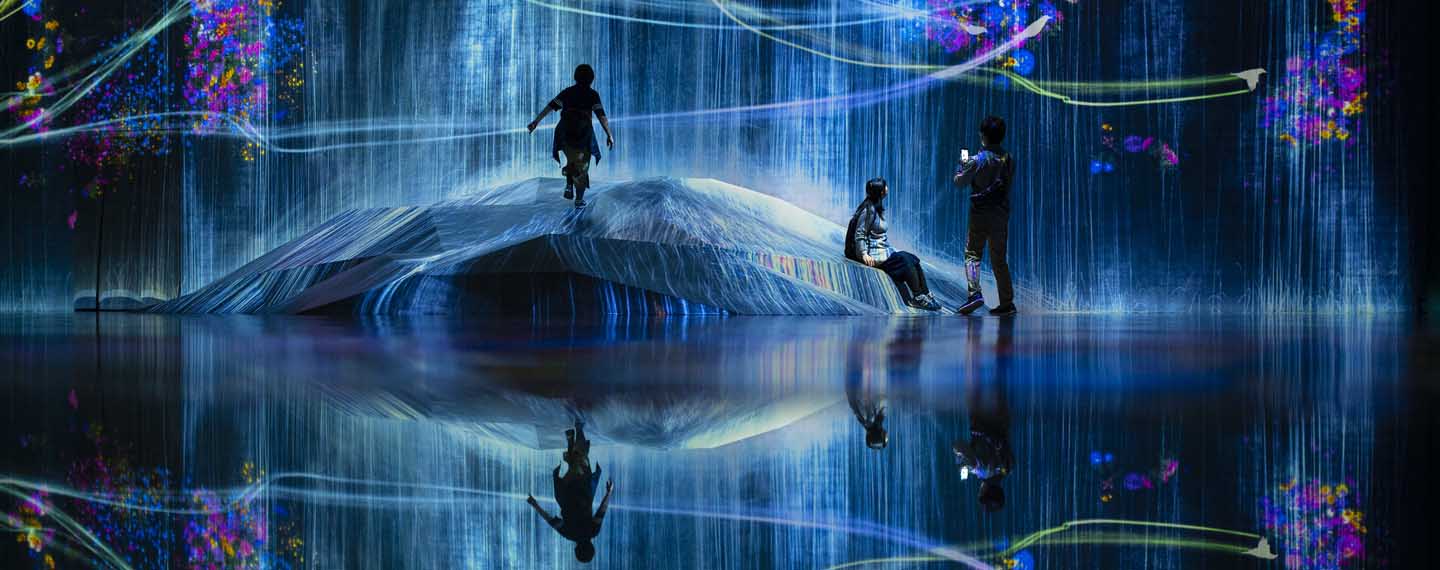In his famous 1959 lecture on ‘The Two Cultures’, C.P. Snow lamented the gulf separating the two great areas of human intellectual activity, ‘science’ and the ‘humanities’. Snow argued that professionals in both areas should build bridges between them, to promote the progress of human knowledge and to benefit society as a whole. And this is ultimately the job that we do, or try to do, in what the entrepreneur and critic John Brockman termed in 1995 the third culture, or what we might now refer to as hybrid culture, which transcends this relatively recent separation between the two forms of knowledge.
It is worth considering that in the single culture –so characteristic of Europe during the Renaissance– philosophers were mathematicians and physicists and the latter were philosophers. Isaac Newton, the father of modern physics, regarded himself essentially as a philosopher. The separation occurred later, the result of what Ortega y Gasset called the ‘barbarity of specialisation’, which becomes inevitable amid the growing complexity of the subject matter. Very few can afford to be all-encompassing, although as the Spanish philosopher suggested in his Misión de la Universidad, there ought to be a basic transversal university education, with a first year taken by all; this would prevent the split between the two types of culture occurring so early on, in the sixth year of secondary school.
Engineers’ preoccupations with ethics and other matters are on the increase, hence the growing number of courses on such subjects at their training institutions. The ethics of Artificial Intelligence (AI) has become a burning issue not only for experts but also for governments. Such hybridisation emerges clearly from the conversations with renowned scientists, technologists, intellectuals and artists in the interdisciplinary dialogues collected in De neuronas a galaxias (2021), a book by the ‘third culture’ advocate Adolfo Plasencia, who points out that research evolves rapidly, is intellectually hybrid and scientifically promiscuous. Transversality –trans-disciplinarity rather than multi-disciplinarity– tends to arise more frequently in teams of people than in individuals. Much scientific and technological research, including economic and political management, is transdisciplinary, requiring experts drawn from various disciplines to work jointly, generating collective intelligence and indeed a collective culture that goes beyond their interdisciplinary counterparts. Such hybridisation can only improve relations between universities and research centres, in cooperation with companies, and together provide better training for the skills inherent in the new professions arising on the frontier of technology and the marketplace.
Meanwhile, many in the humanities, arts and politics continue living contentedly within the walls of scientific ignorance. Scientific and technological illiteracy is undeniably a phenomenon too. As it is in mathematics (where in English it is known as ‘innumeracy’, and Manuel Alfonseca calls ‘anumeralism’). Responsibility for the separation of cultures rests not only with scientists but also with what were formerly referred to as ‘the arts’. The technological revolution and its implications have penetrated the literary and artistic world, however, and increasingly few can ignore it. Among other examples there are the latest novels by Kazuo Ishiguro, Klara and the Sun, and Michel Houellebecq, Anéantir.
Hybrid degree courses such as Physics and Sociology, and Mathematics and Finance, are proliferating, albeit more flexibly in the English-speaking world. A major problem in Spain is the decline among women of STEM subjects (science, technology, engineering and maths). According to the latest reports published by the Ministry of Science and Innovation, women account for 24% of researchers in engineering and technology –a figure that is trending downwards– and 34% in natural sciences. Thus, the division between the two cultures is by no means gender neutral.
Nor is it politically neutral. It underlies certain populisms and some new types of violence, much more atomised but not on that account any less dangerous. It is what some diagnose as growing ‘anti-intellectualism’, a rejection of scientists and experts. Such anti-intellectualism has impeded the global response to COVID-19, for instance. It is part of the phenomenon that afflicts our era, namely post-truth. Many will have seen the film Don’t Look Up, an acerbic reflection of how a broad swathe of people –including members of governments– do not believe in what scientists say. In the film it is a comet on collision course with Earth, but it could equally have been a pandemic, or climate change. Social media platforms exacerbate these distortions and polarisations, and empower radical minorities: the force of the few, multiplied exponentially. Studying and combatting this phenomenon requires hybridisation.
There is another way of viewing this matter of hybrid culture, or cultures, which is to approach science, technology and the arts from the diverse cultures there are in the world, thereby avoiding the global culture wars in which we are immersed and that seem to be extending. Societies that view current technologies through one prism do not have the same way of perceiving, for example, robots and AI, the role of machines (which includes the affordability of technology), as others that see it in another way; in Europe compared with the Americas or Asia, or the parts of Asia, since there are several; in democratic and non-democratic societies; in societies with alphabets and societies with ideograms; in societies with Christian cultures, compared with others based on Buddhism or Shintoism. Nevertheless, if we want global approaches, we need such dialogue between cultures; a reconciliation of philosophies, rather than a reconciliation of science and technology. “We have to learn to coexist with powers motivated by values we do not share”, argues Mark Leonard in his book The Age of Un-Peace.
Hybridisation is increasingly necessary. We are witnessing this, for example, in the growing need for the economy, and for companies, to venture into geopolitics. And vice versa. And in how the tech revolution is impinging on politics, on democracy and on dictatorships.
But this hybrid, or single, culture is not something involving only humans, but rather humans and machines. Machines and our interactions with machines are opening up new dimensions to us, new territories, which we may not even suspect. This too is hybrid culture with a new transhuman dimension. For many years, ‘artificial’ has referred to what is manufactured by humans. Now it can also mean what has been conceived and manufactured by machines autonomously. As Henry Kissinger, Eric Schmidt and Daniel Huttenlocher –an example of hybrid cooperation– argue in The Age of AI: And Our Human Future (2021), ‘Humans are creating and proliferating nonhuman forms of logic with reach and acuity that, at least in the discrete settings in which they were designed to function, can exceed our own’. They cite the case of the AlphaZero program (run by Google’s DeepMind) that, in 2017, learned independently –not from human games– to create new ways of playing chess that grandmasters had never seen before, from which the latter could learn. ‘The advent of AI obliges us to confront whether there is a form of logic that humans have not achieved or cannot achieve, exploring aspects of reality we have never known and may never directly know’, say the authors, adding that the forms of knowledge embodied by science and the arts must now be joined by another: AI. We are starting to learn from machines; a fourth culture, now not exclusively human, that makes hybridisation even more necessary in order to return to a single culture, and not lose ourselves on the way.
Image: Art installation at TeamLab Borderless, a digital art museum in Tokyo (Japan). Photo: Patrick Vierthaler (CC BY-NC 2.0).



